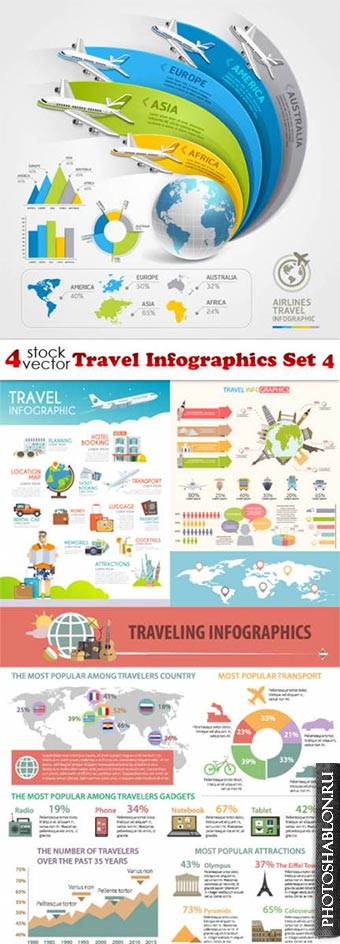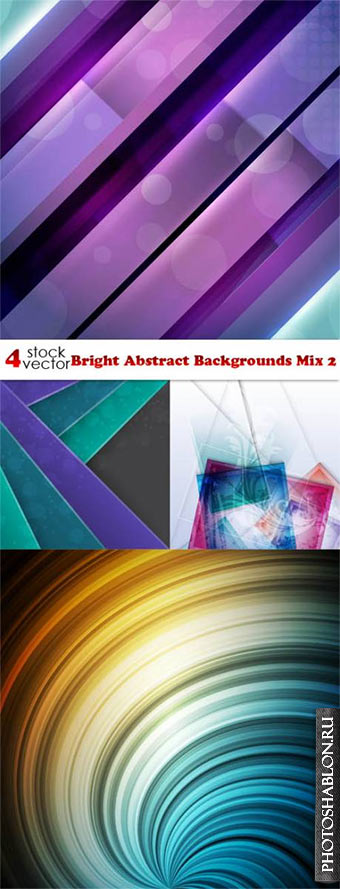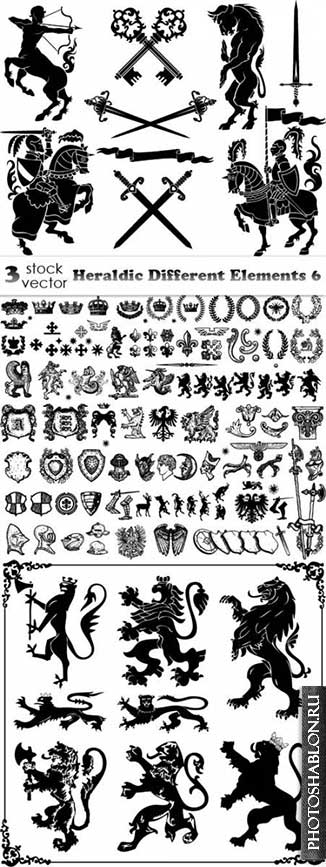
Vectors - Floral Decoration Elements Mix 2
3 AI+TIFF | 67.92 Mb
|

Vectors - Travel Infographics Set 4
Формат: AI (+TIFF Preview) | Количество: 4 | Размер: 96 MB
|

Vectors - Vintage Decoration Elements
Формат: AI (+TIFF Preview) | Количество: 3 | Размер: 59 MB
|

Vectors - Bright Abstract Backgrounds Mix 2
Формат: AI (+TIFF Preview) | Количество: 4 | Размер: 92 MB
|

Vectors - Banners with Modern Devices
Формат: AI (+TIFF Preview) | Количество: 3 | Размер: 60 MB
|

Vectors - Ornamental Vintage Labels 10
Формат: AI (+TIFF Preview) | Количество: 3 | Размер: 85 MB
|

Vectors - Various Profession Avatars
Формат: AI (+TIFF Preview) | Количество: 3 | Размер: 64 MB
|

Vectors - Heraldic Different Elements 6
3 AI+TIFF | 54.21 Mb
|

Vectors - Silhouettes of Business People 6
3 AI+TIFF | 46 Mb
|

Vectors - Infographics with Smartphones
4 AI+TIFF | 77.34 Mb
|
|
Векторная графика, в отличие от растровой, строится не на основе сетки пикселей, а на математическом описании геометрических объектов - линий, кривых, многоугольников. Это позволяет векторным изображениям масштабироваться до бесконечности без потери качества, оставаясь четкими и гладкими даже при многократном увеличении. Каждый элемент в векторном изображении - это независимый объект, который можно редактировать отдельно, изменяя его цвет, форму, размер, положение, и т.д. Это делает векторную графику идеальным выбором для создания логотипов, иллюстраций, шрифтов, и других изображений, где важна четкость и масштабируемость.
Одним из ключевых преимуществ векторной графики является её компактность. Поскольку векторные изображения описываются математическими формулами, а не информацией о каждом пикселе, файлы обычно значительно меньше по размеру, чем их растровые аналоги. Это особенно важно для веб-графики и анимации, где размер файла напрямую влияет на скорость загрузки страницы и производительность. Кроме того, векторные файлы легче редактировать и обновлять, поскольку изменение одного объекта не требует повторной обработки всего изображения, как в случае с растровой графикой.












